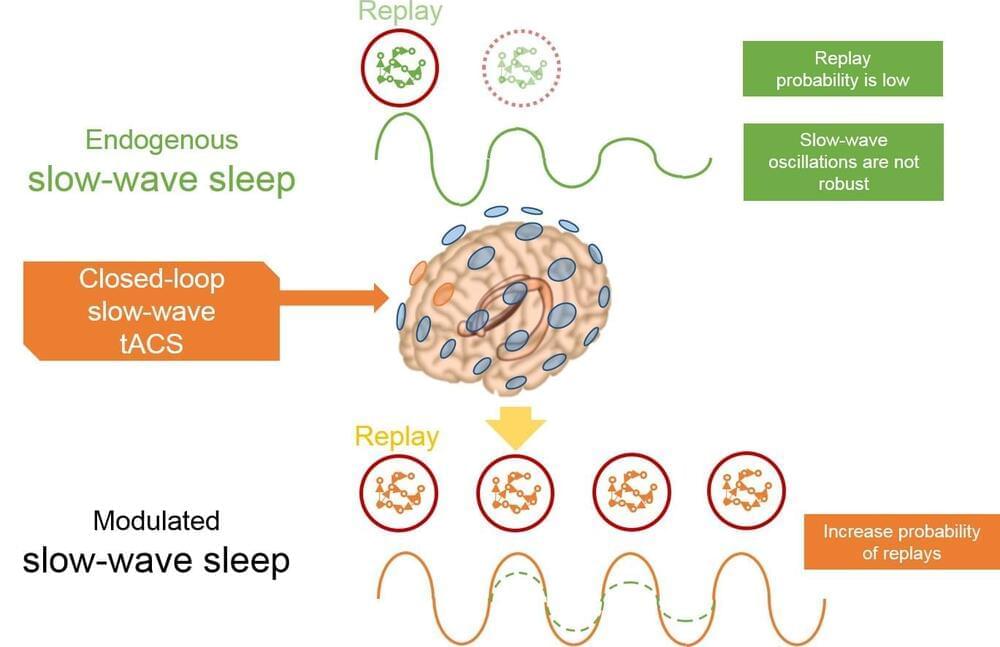Brain stimulation treatments, like electroconvulsive therapy (ECT) and transcranial magnetic stimulation (TMS), are often effective for the treatment of depression. Like antidepressant medications, however, they typically have a delayed onset. For example, a patient may receive several weeks of regular ECT treatments before a full response is achieved.
Thus, there is an impetus to develop antidepressant treatments that act to rapidly improve mood.
Low field magnetic stimulation (LFMS) is one such potential new treatment with rapid mood-elevating effects, as reported by researchers at Harvard Medical School and Weill Cornell Medical College.






